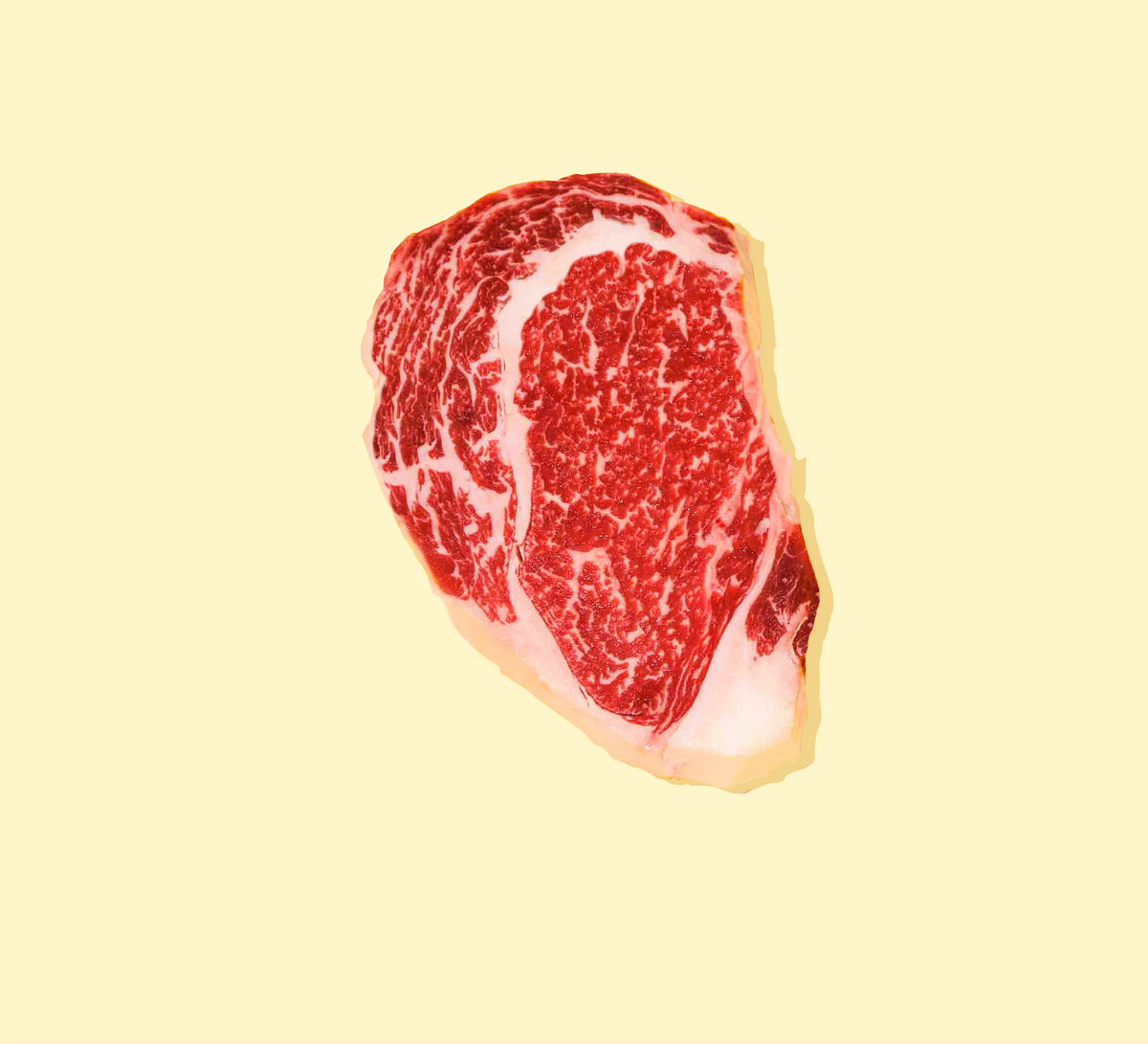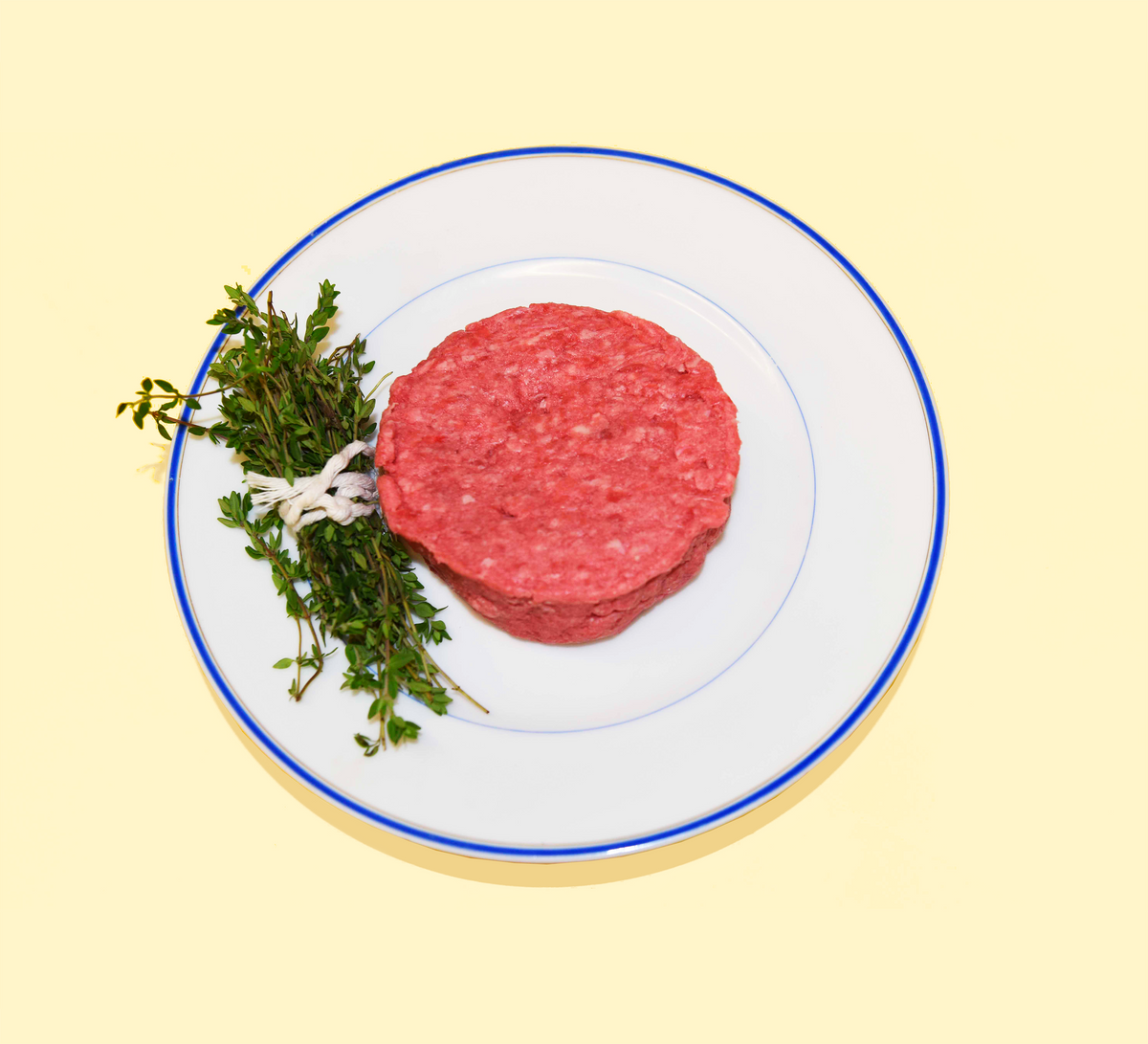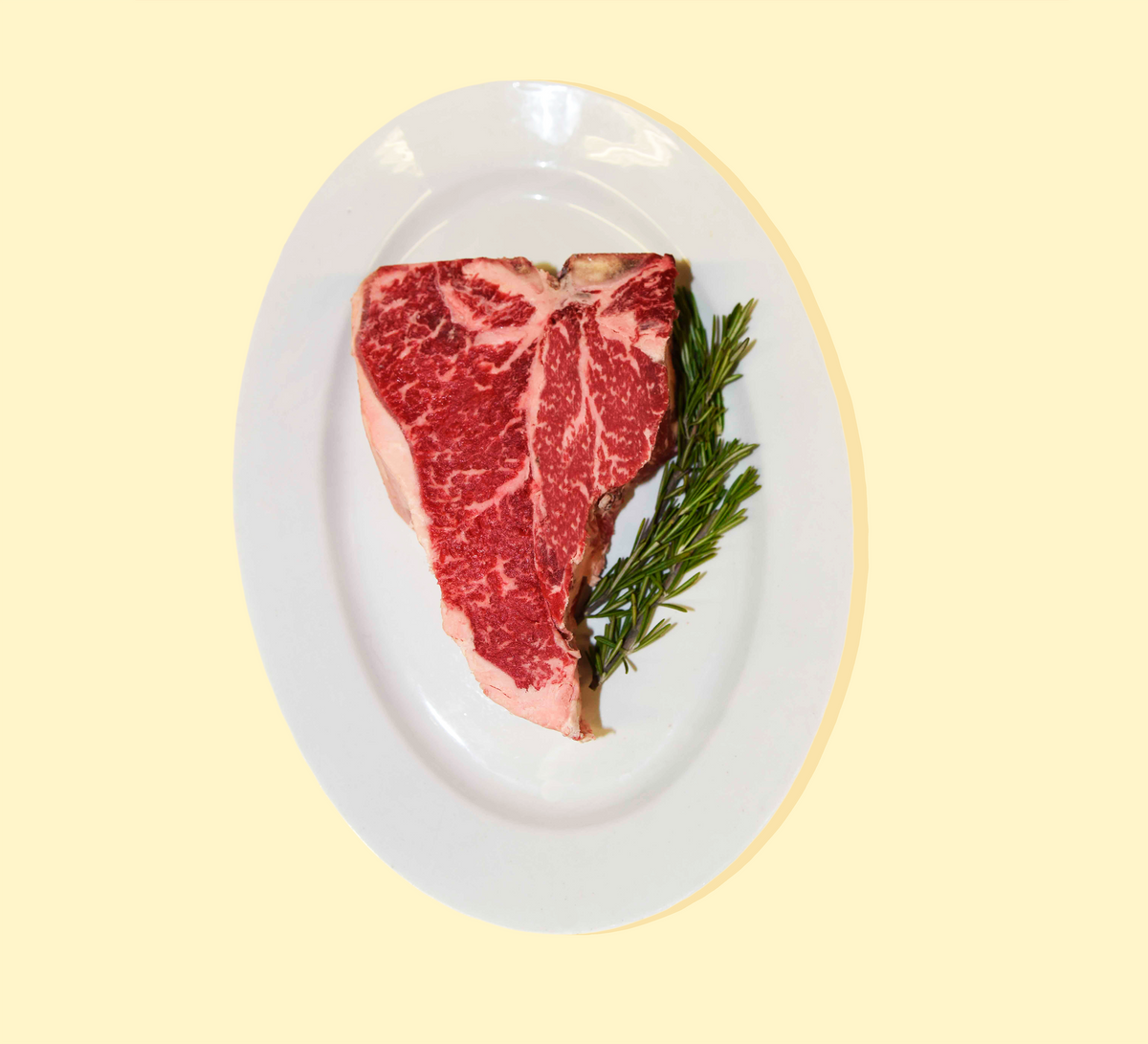Imagine this: It's a warm summer evening. You're firing up the grill for a family gathering, and you decide to impress everyone with a beautiful selection of boneless ribeye steaks. The crisp smell of meat on the grill mixes with the sounds of laughter, and with each sizzling sound, your anticipation grows. But do you really know what makes these ribs so special? Let's embark on this delicious journey together!
Understanding Boneless Ribeye: The Flavor Profile
The boneless ribeye is a cut that many steak lovers adore. But what makes it so special? Let’s dive into its flavor profile and discover why this steak stands out.
1. Marbling and Taste Difference Compared to Other Cuts
Marbling refers to the streaks of fat within the meat. This fat is crucial. It melts during cooking, adding flavor and tenderness. The ribeye has more marbling than any other cut. This is why it’s often described as having a buttery flavor. When you take a bite, the rich taste envelops your palate.
In comparison, other cuts like the sirloin or filet mignon may not have the same level of marbling. They can be leaner, which means they might lack that juicy, flavorful punch. Think of it this way: if steak were music, the ribeye would be a full orchestra, while the sirloin might be a solo violin. Both are good, but one is just more harmonious.
2. How Aging Changes the Flavor
Aging beef is an art. It can significantly enhance the flavor of the meat. There are two main methods: dry aging and wet aging. Dry-aged beef develops a more complex flavor profile. It tends to have a nuttier, richer taste. The process involves hanging the meat in a controlled, chilled environment for weeks. During this time, moisture evaporates, concentrating the flavor.
On the other hand, wet-aged beef is sealed in vacuum packs. This method retains moisture, resulting in a milder taste. While both methods have their merits, many steak enthusiasts prefer dry-aged beef for its depth of flavor.
As Chef John Doe aptly puts it,
"The perfect ribeye steak should be a symphony of flavors, with each bite telling a story of the cow's upbringing and care."The aging process plays a vital role in creating that symphony.
3. Boneless Ribeye's Space-Saving Advantage for Grilling
Grilling is a favorite pastime for many. If you have a smaller grill, the boneless ribeye is a fantastic choice. Without the bone, it takes up less space on the cooking surface. This means you can fit more steaks on the grill or have room for other delicious items.
Imagine hosting a barbecue. You want to impress your friends with a variety of meats. The boneless ribeye allows you to do just that. You can grill it alongside burgers, chicken, or veggies without worrying about overcrowding. Plus, the ease of handling a boneless steak makes flipping and serving a breeze.
4. The Perfect Ribeye Experience
When you choose a boneless ribeye, you’re not just selecting a cut of meat. You’re opting for an experience. The higher fat content enhances both taste and tenderness. Each bite is a celebration of flavor. It’s no wonder this cut is one of the most preferred and flavorful steaks available.
So, whether you’re grilling for a crowd or enjoying a quiet dinner at home, the boneless ribeye is a stellar choice. It’s versatile, flavorful, and sure to impress. Next time you’re at the butcher, consider picking up this delightful cut. You won’t regret it!
In summary, the boneless ribeye stands out for its marbling, aging process, and convenience on the grill. It’s a cut that promises a delicious experience every time. So, fire up that grill and savor the symphony of flavors that only a boneless ribeye can deliver!
Cooking Techniques for the Perfect Ribeye
Cooking a ribeye steak can be an art form. The right techniques can elevate this cut to a whole new level. Ribeye is known for its rich marbling, which gives it a buttery flavor and tender texture. But how do you achieve that perfect steak? Let’s dive into some of the best methods and tips.
Best Cooking Methods
There are several popular methods for cooking ribeye. Each has its own advantages. Here are the top three:
- Grilling: This method is a classic. It adds a smoky flavor that enhances the ribeye's natural taste. Preheat your grill to high heat. Cook the steak for about 4-5 minutes on each side for medium-rare. Remember to let it rest before slicing.
- Pan-searing: If you don’t have a grill, a cast-iron skillet works wonders. Heat the skillet until it’s very hot. Add a little oil, then place the steak in the pan. Sear for 3-4 minutes on each side. This method gives a beautiful crust.
- Sous-vide: For precision cooking, sous-vide is unbeatable. Seal the ribeye in a vacuum bag and cook it in a water bath at your desired temperature for 1-3 hours. Finish by searing it in a hot pan for that perfect crust.
Recommended Internal Temperatures
How do you know when your ribeye is done? Internal temperature is key. Here’s a simple guide:
- Rare: 120°F (49°C)
- Medium-rare: 130°F (54°C) - This is often considered the ideal temperature for ribeye, as it retains the most flavor and juiciness.
- Medium: 140°F (60°C)
- Medium-well: 150°F (66°C)
- Well-done: 160°F (71°C) and above
Using a meat thermometer can help you achieve the perfect doneness. It’s a small investment for a big payoff!
Marinades and Seasonings
What about flavor? Ribeye has a rich taste that can shine through with minimal seasoning. However, a good marinade can enhance its profile. Here are some ideas:
- Simple salt and pepper: Sometimes, less is more. A generous sprinkle of kosher salt and freshly cracked black pepper can be all you need.
- Garlic and herbs: Mix minced garlic, rosemary, and thyme with olive oil for a fragrant marinade.
- Soy sauce and ginger: For an Asian twist, combine soy sauce, ginger, and a touch of honey. This adds a nice umami flavor.
Remember, the goal is to enhance the ribeye's natural flavor, not overpower it. As Chef Jane Smith wisely said,
"Cooking a steak is about understanding the fire, the meat, and your own palate."
Final Tips
A few final notes can help you achieve the best ribeye:
- Aim for medium-rare: This temperature provides the best texture and flavor. It allows the fat to melt, creating a juicy steak.
- Let it rest: After cooking, let your ribeye rest for at least 5-10 minutes. This allows the juices to redistribute, ensuring every bite is succulent.
- Use natural spices: Simple seasonings can highlight the ribeye's flavor. Avoid heavy sauces that mask its taste.
Understanding how to cook ribeye properly can make or break your dining experience. A few tips can go a long way! Whether you grill, pan-sear, or sous-vide, you’re on your way to enjoying a delicious ribeye steak.
Choosing and Storing Ribeye Steaks
When it comes to ribeye steaks, making the right choice is crucial. You want a steak that’s not just good, but exceptional. So, how do you ensure you’re picking the best ribeye? Let’s dive into the essentials.
What to Look for When Buying Ribeye Steaks
First and foremost, you should pay attention to the marbling. Marbling refers to the small streaks of fat within the meat. Why is this important? Because more marbling means more flavor. A ribeye with good marbling will be tender and juicy, giving you that rich, buttery taste you crave.
- Color: Look for a bright red color. This indicates freshness. Avoid steaks that appear brown or dull.
- Texture: The steak should feel firm but not tough. A tender texture is key.
- Fat Cap: A good ribeye will have a decent fat cap. This adds flavor during cooking.
In short, always choose steaks with good marbling for maximum flavor. You’ll thank yourself later when you take that first bite!
Understanding USDA Labeling
Next, let’s talk about USDA labeling. This can be confusing, but it’s essential for making an informed decision. The USDA grades beef based on its quality. Here’s a quick breakdown:
- USDA Prime: This is the highest quality available. It has abundant marbling and is typically found in high-end restaurants.
- USDA Choice: Slightly lower in quality than Prime, but still offers good flavor and tenderness.
- USDA Select: This is leaner and less flavorful. It’s best for those who prefer less fat.
When you see the USDA Prime label, know that you’re getting top-notch meat. As Meat Expert Anna Bell says,
“Choosing the right steak is as important as the cooking method you use.”So, don’t skimp on quality!
Best Storage Practices to Maintain Freshness
Once you’ve selected the perfect ribeye, how do you keep it fresh? Proper storage is key. Here are some best practices:
- Refrigeration: Store your ribeye in the coldest part of your refrigerator. Ideally, it should be consumed within 3 to 5 days.
- Freezing: If you’re not cooking it soon, wrap it tightly in plastic wrap and then in aluminum foil. This prevents freezer burn.
- Thawing: Always thaw your steak in the refrigerator, not at room temperature. This keeps it safe and maintains quality.
By following these storage tips, you can maintain the freshness of your ribeye steaks for longer. Nobody wants to bite into a steak that’s lost its flavor!
Conclusion
Selecting the right ribeye steak involves understanding its quality and how to store it properly for longevity. Remember, the marbling, USDA grading, and storage methods all play a crucial role in your steak experience. By choosing wisely and storing correctly, you’ll ensure that every ribeye you cook is a delicious masterpiece. So, go ahead, treat yourself to that perfect steak. You deserve it!
TL;DR: Boneless ribeye steaks offer a buttery flavor and tender texture, making them a favorite among beef lovers. Knowing how to cook them right can elevate any cookout.


